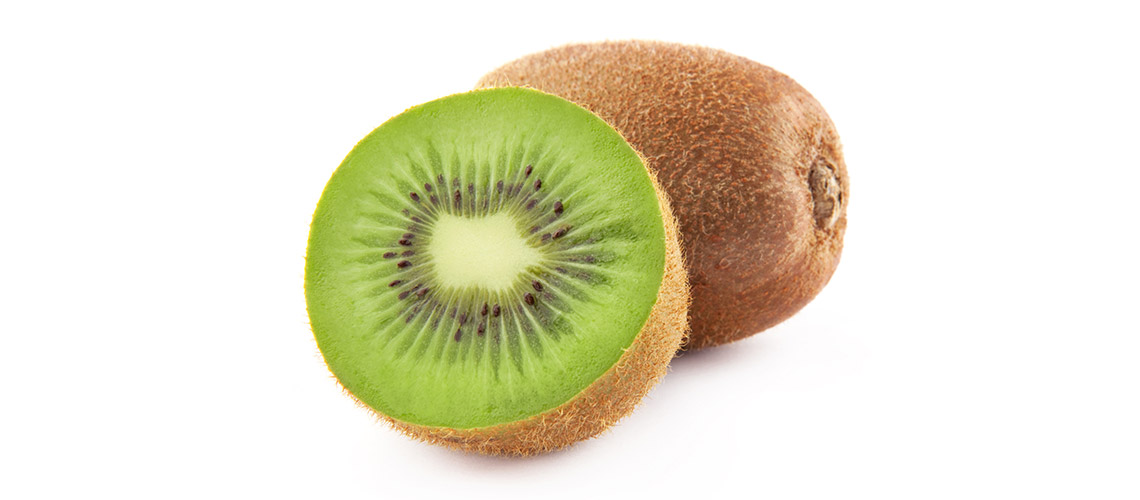The scientific name of the kiwi is ActinidicachineusisPlanchon and comes from China. In Greece came in the 20th century but today is a widespread and shows tremendous dynamic ciltivation.It is about a promising crop that is in constant development to domestic production has been constantly increasing trend. It is estimated that over the next years production will reach 150,000 tons and Greece will become one of the major producing countries in Europe.
The kiwi is very exportable product at a rate of 95% of its production. Pieria has the lead in growing kiwi producing approximately 40% of national production, while significant cultivation areas have counties Imathia, Pella, Arta, Fthiotida and Larissa. Today, the annual Greek production is around 100,000 tons. The kiwi fruit is rich in potassium, magnesium, phosphorus, fiber and minerals. It also has more vitamin C than any other fruit, if only to be consumed immediately after cutting, to avoid losing vitamins. The existence of many vitamins makes the kiwi as the best means of defense against germs. It also eliminates the risk of blood clots in the circulatory system and ensures proper digestion and proper bowel function. Finally, it helps to improve eyesight due to the antioxidant containing routeini.
Chemical kiwi fruit composition (per 100 gr)
| Water | 81.2% |
| Calories | 66kcal |
| Protein | 0.79g |
| Fat | 0.07g |
| Carbohydrates | 17.5g |
| Vitamin Α | 174(I.U.) |
| Vitamin Β1 | 0.02mg |
| Vitamin Β2 | 0.05mg |
| Vitamin C | 150mg |
| Calcium | 16mg |
| Phosphorus | 64mg |
| Ferrum | 0.51mg |
| Sodium | 7mg |
| Potassium | 264mg |



